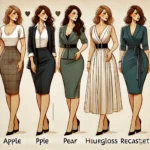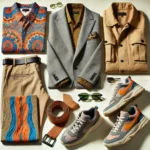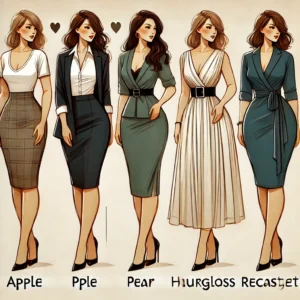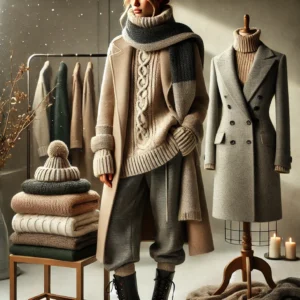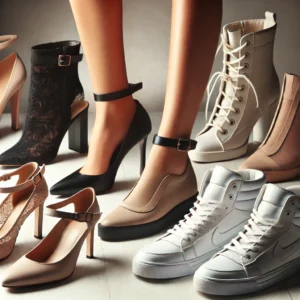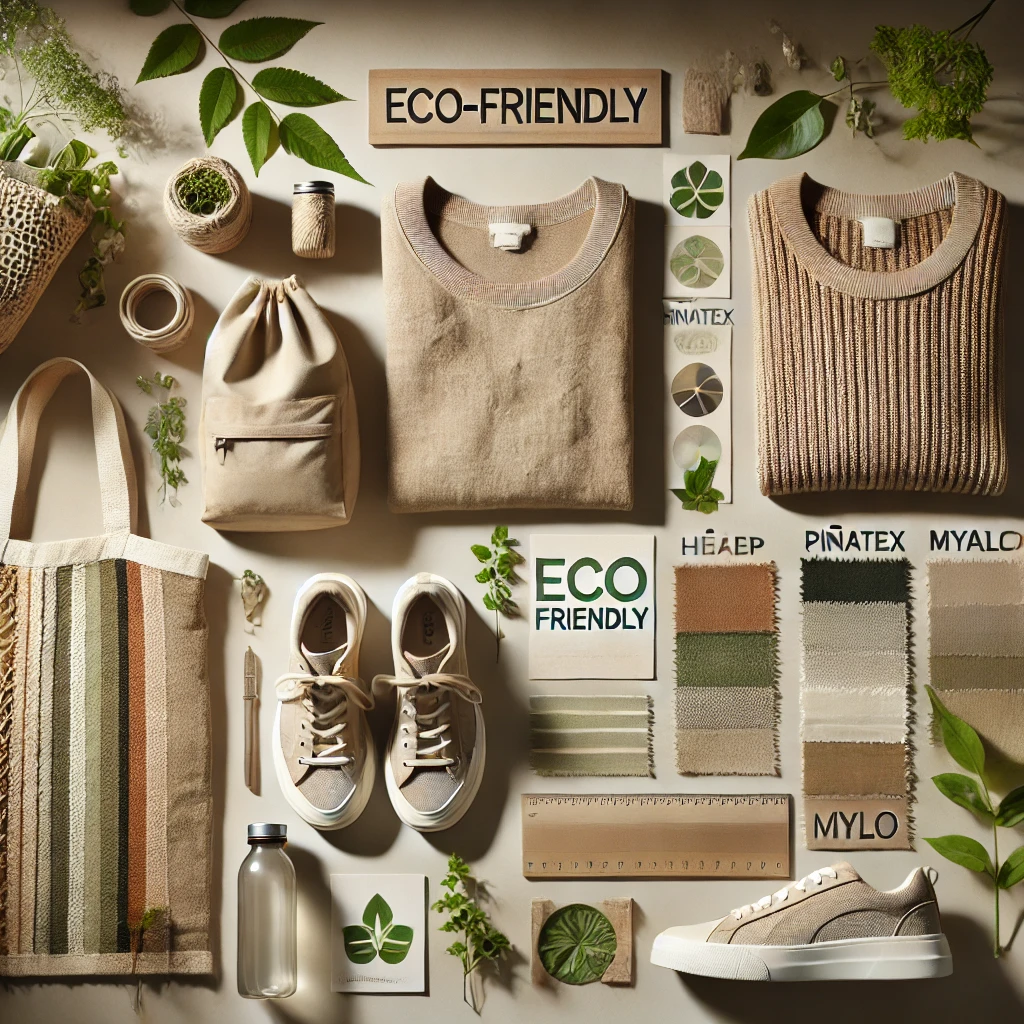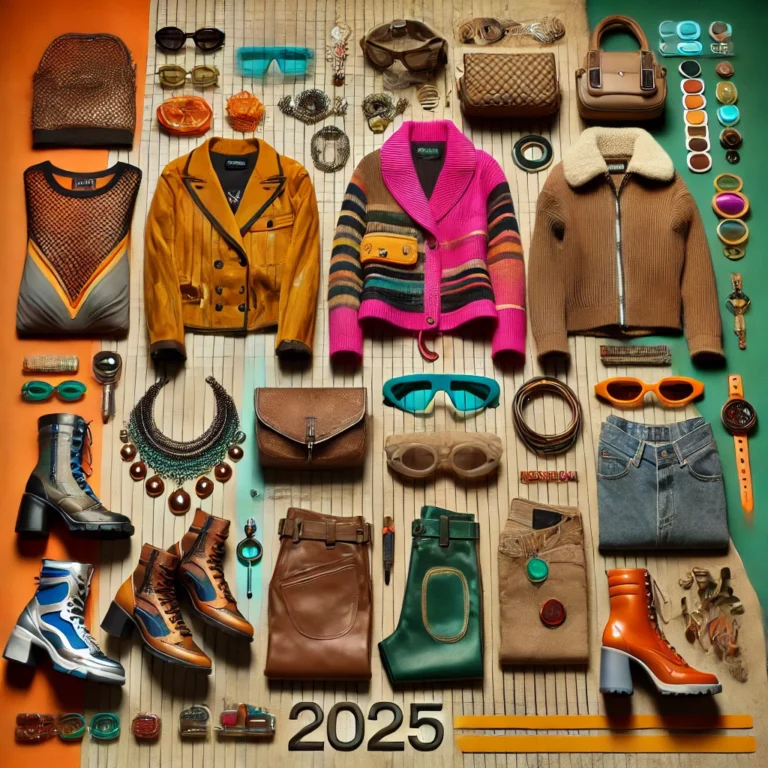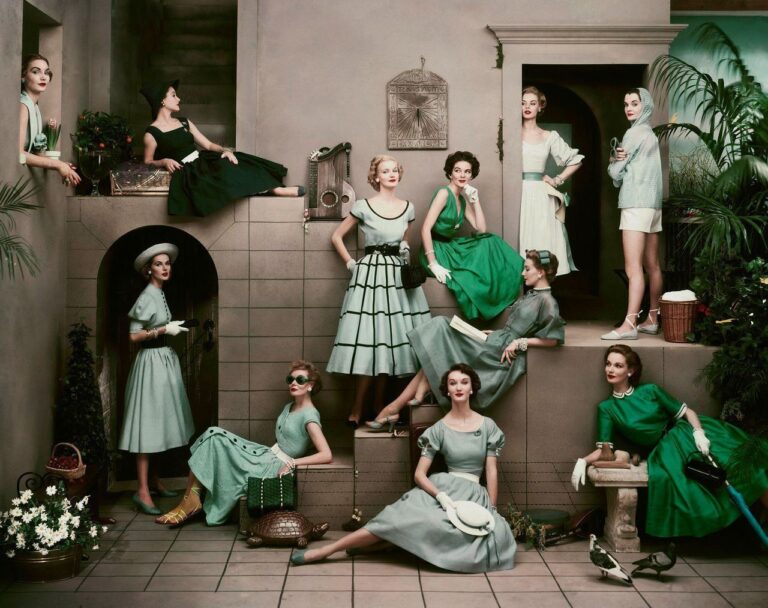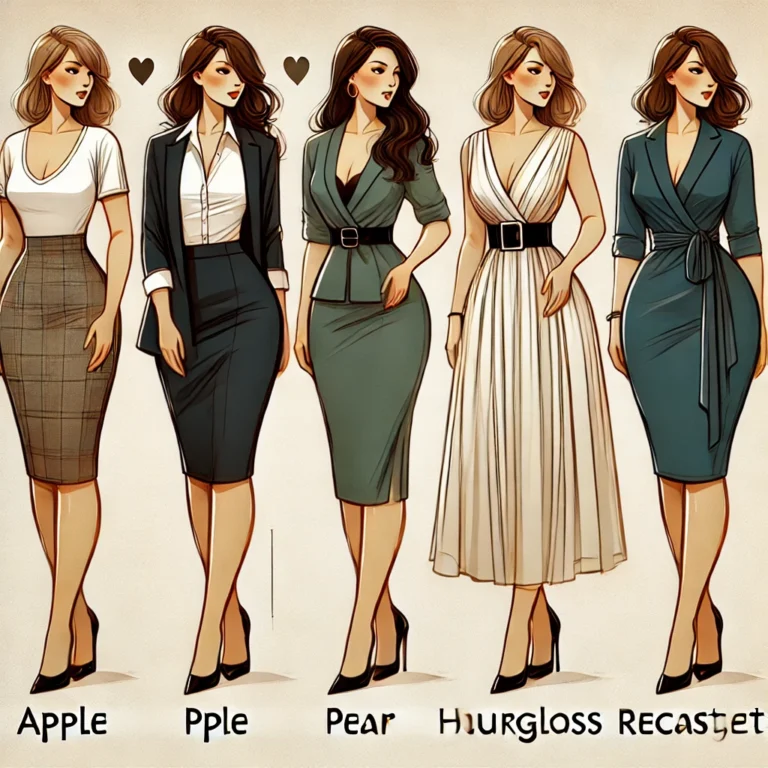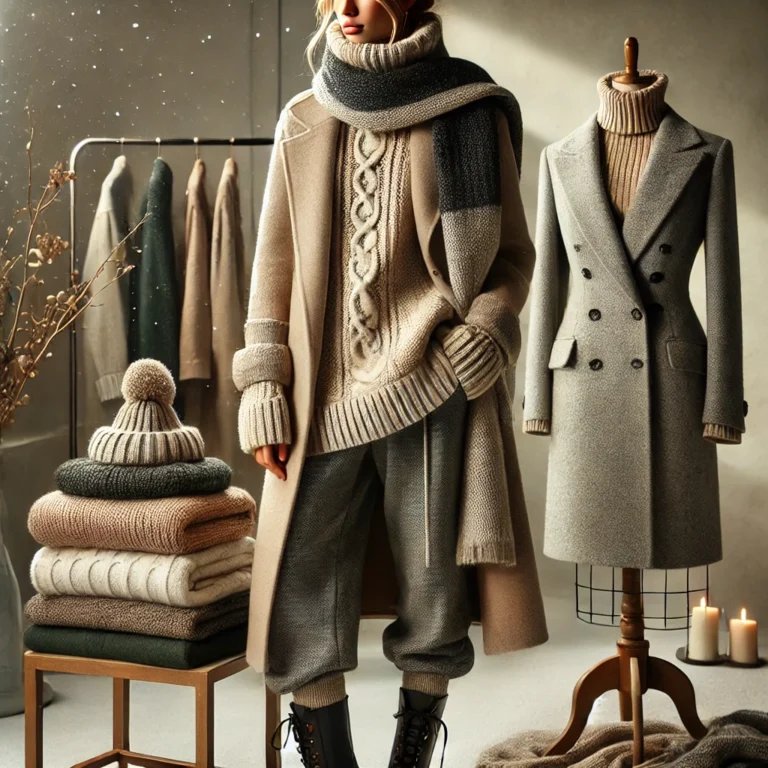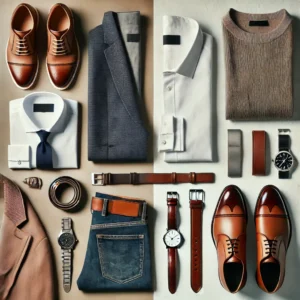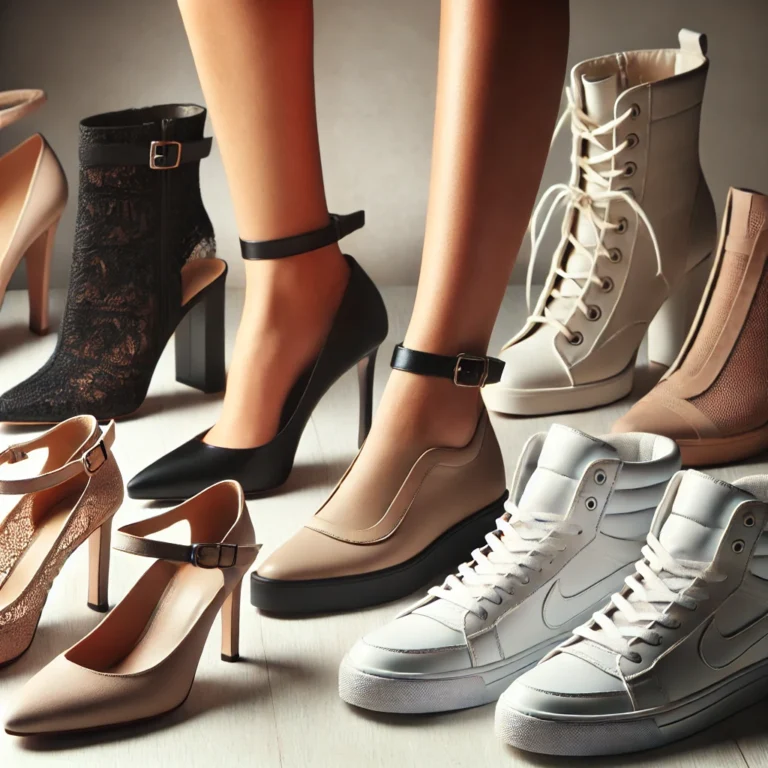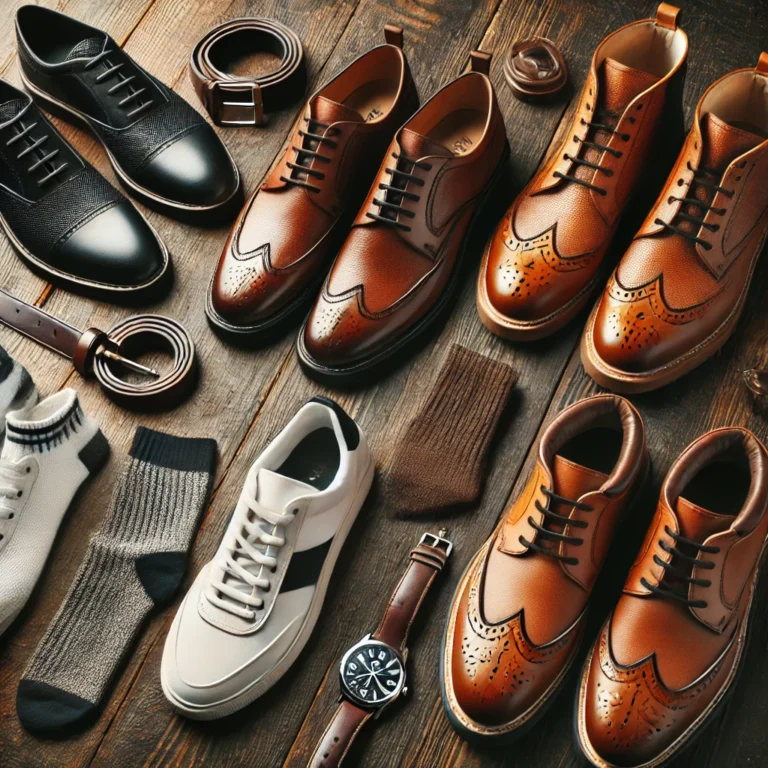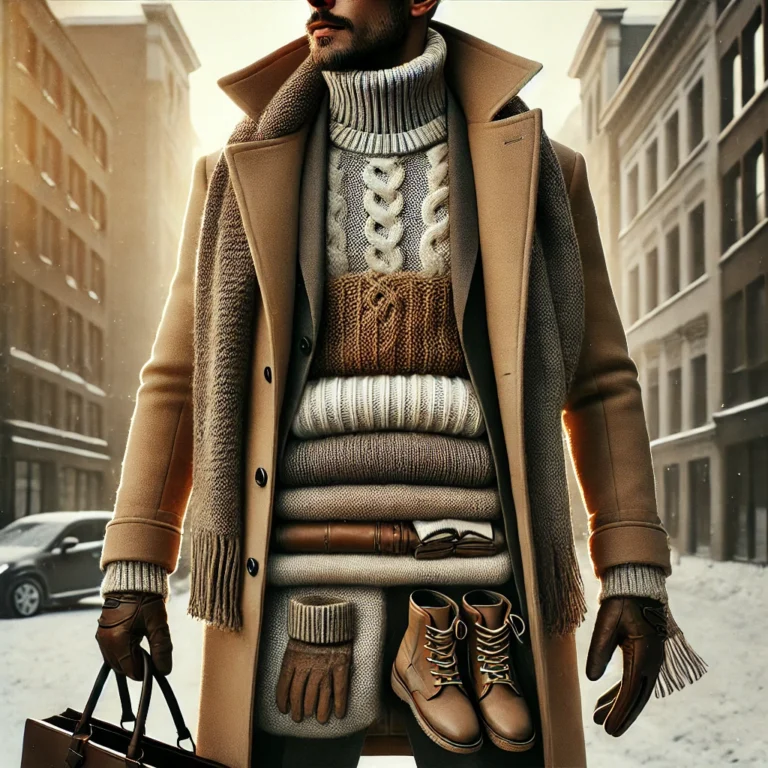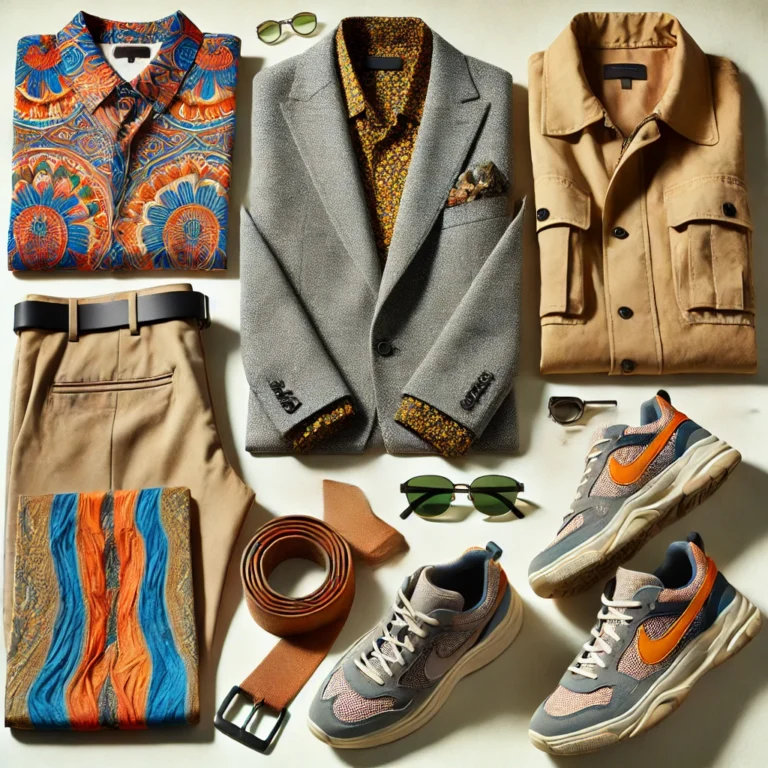The Rise of Sustainable Fashion: A Paradigm Shift in the Industry
Sustainable fashion has become the iconic movement to a global concern, reflecting the ever-growing awareness of the environment and the ethics connected with the clothing industry. The traditional approaches followed by fast fashion concerning overproduction, waste, and exploitation are being challenged in light of a paradigm shift towards responsibility and accountability. Today, sustainability is no more an option; it is a compulsion. This movement is driven by consumers, activists, and brands working collaboratively to reduce carbon footprints and create a more equitable industry. It’s a renaissance, where style meets conscience.
Eco-Friendly Materials: Redefining Textiles for a Greener Future
The basis of sustainable fashion is found in the raw materials used in the making of garments. While conventional textiles such as polyester and nylon are made from petroleum, they add to pollution levels. Eco-friendly alternatives are, however, rewriting the book on the industry. Organic cotton grown without pesticides limits the impact on the environment. Hemp and bamboo fabrics, known for their durability and biodegradability, are also becoming staples of sustainable collections.
Innovative materials such as Piñatex, made from pineapple leaf fibers, and Mylo, an alternative leather made from mycelium, are perfect examples of how technology and sustainability come together. Not only do these textiles minimize waste, but they also demonstrate unmatched versatility in application, thus showing that it is possible to be both fashionable and ethical in eco-conscious choices.
Circular Fashion: Closing the Loop in Production and Consumption
One of the key changes that circular fashion is making is the transformation of the traditional linear “take, make, dispose” model into a regenerative system. The measure focuses on closing the loop by emphasizing recycling, upcycling, and reusing. Brands are redesigning practices where old clothing is collected through take-back programs and transformed into new designs.
Other markets that also gain popularity with vintage and secondhand markets seek to give existing products a new life. Companies such as Patagonia and Eileen Fisher are examples of this approach, offering repair services and resale platforms. In addition, circular fashion reduces environmental harm and gives birth to creativity by making an old garment new again.
Pioneering Brands Driving the Ecology Response
Many brands are at the forefront of sustainable fashion, setting benchmarks for the industry. Stella McCartney has been one of the earliest pioneers, using organic and recycled materials while maintaining luxury with ethical practices. Everlane has been a strong advocate for transparency, disclosing the environmental impact of its products and focusing on fair labor.
Reformation has been highly popular for its chic, eco-friendly designs, using sustainable fabrics and water-saving methods. Small labels like Pangaia and Veja have also caught attention with fresh approaches—examples are Pangaia’s clothing through bio-based processes and Veja’s sustainable sneakers through wild rubber.
Novel Designs: Beauty Interconnected with Sustainability
Sustainability no longer means sacrificing style. Designers are proving that eco-friendly fashion can be both functional and avant-garde. Zero-waste patterns, modular clothing, and convertible designs are reshaping how garments are made and worn. These innovations allow consumers to adapt their wardrobe without excess consumption.
Designers such as Gabriela Hearst and Marine Serre are creating items that combine luxury high fashion with the sustainable methods used. Collections can range from elegant evening wear made out of deadstock fabrics to casual clothing infused with recycled materials; it inspires this generation of enthusiasts for fashion-forward looks that embody ecologically aware sensibilities.
Role of Consumer: Change Induced by the Right Choices
The consumers are the backbone behind the sustainable fashion movement. For every purchase a person makes is voting for a kind of world a person would like to live in, choosing eco-friendly brands, purchasing timeless pieces and curbing unnecessary impulse buying in general.
Awareness is a key tool. Educating one’s self on the practice of a brand and looking for Fair Trade, GOTS (Global Organic Textile Standard), or B Corp certification helps make the right ethical choice. With rental services such as Rent the Runway and clothing swaps, consumers can be further empowered in doing less waste while remaining stylish and fashionable.
The Future of Sustainable Fashion: Challenges and Opportunities
While progress in sustainable fashion is undeniable, challenges remain. Scaling eco-friendly practices while maintaining affordability is a significant hurdle for brands. Additionally, combating greenwashing—where companies falsely claim sustainability—is essential to maintain transparency and trust.
Nevertheless, the possibility is enormous. The present incremental growth in biotechnology and renewable energy lays the foundation for revolutionary materials and processes. As perception improves and technology develops, it could transform the fashion industry into an exemplary model of sustainable innovation.
The sustainable fashion movement is not only a trend, but it is a required evolution. Adopting eco-friendly materials, circular practices, and innovative designs will help fashion brands and their consumers change the face of this industry. As this transformation unravels, it shows us that style is not at the expense of sustainability but rather becomes the perfect fusion for a brighter future.

